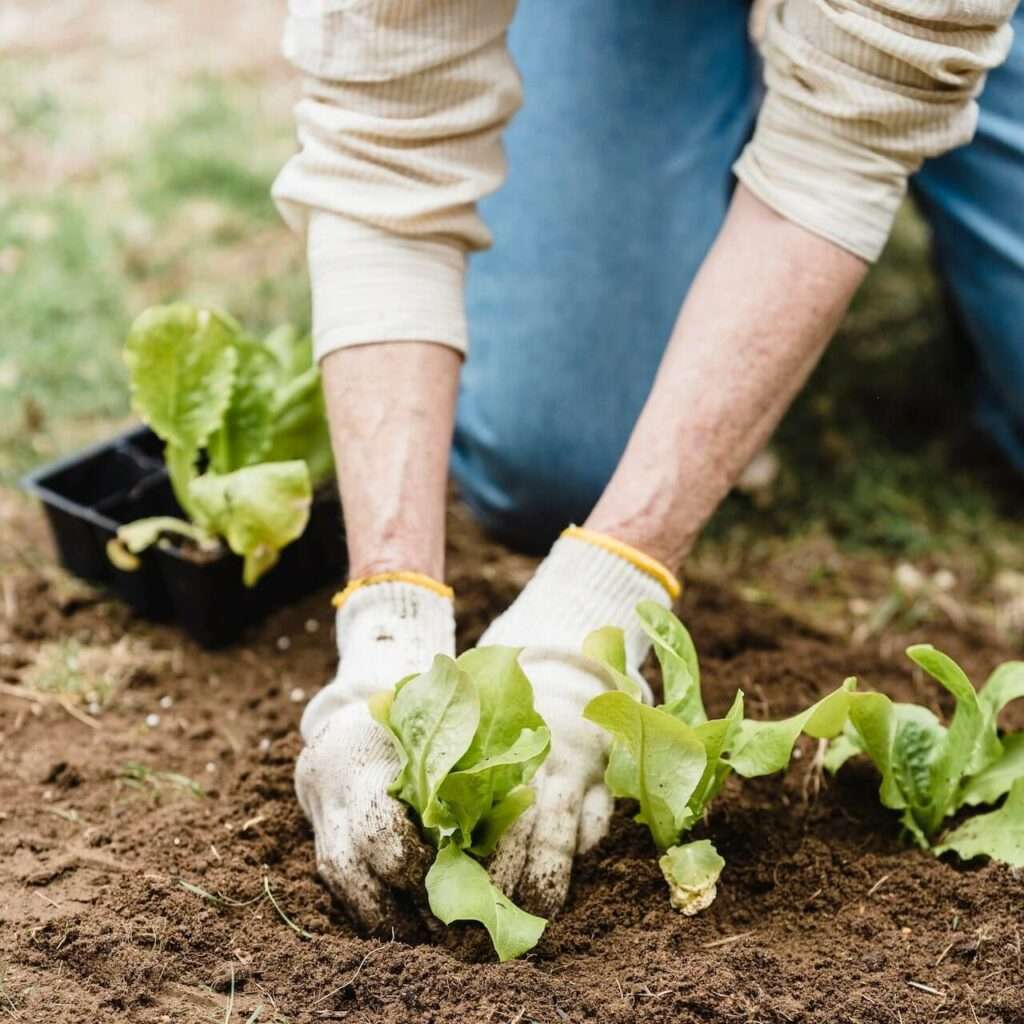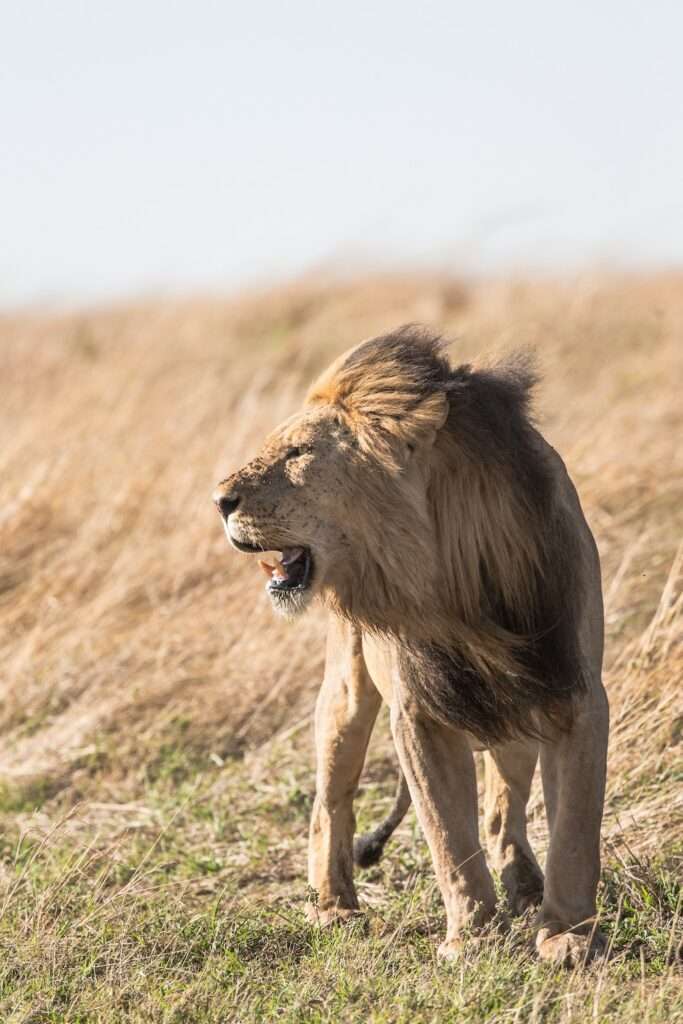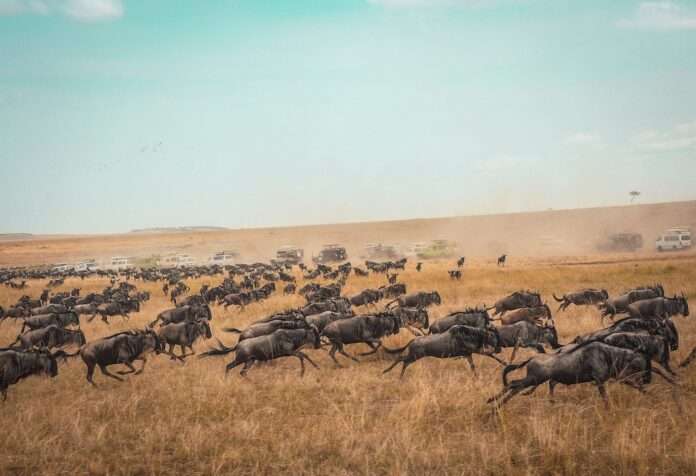Wildlife conservation and restoration can play a pivotal role in mitigating the global carbon problem and other impacts of climate change, says new research. It’s an important discovery as another study finds soil — a critical carbon sink — is quickly adapting to drought conditions and sequestering less CO2.
Soil has been under threat for some time. Modern agriculture has depleted the earth’s once-rich layer of nutrients while droughts have also led to depleted microbes that helps soil store more carbon than plants.
A recent study published in the journal Trends in Microbiology points to the danger of a decreased capacity for soil to store carbon as microbes adapt to drought conditions.
“Soil microbes are beneficial, and we couldn’t live without their cycling of carbon and nutrients, but climate change and drought can tweak that balance, and we have to be aware of how it’s changing,” Steven Allison, a microbial biologist from the University of California, Irvine, said in a statement.
Carbon in soil has a number of benefits that Allison says has “reverberating effects” that spread out to the rest of the world in terms of the infrastructure in our natural and managed ecosystems. “Carbon-rich soils hold more nutrients, so plants growing in those soils tend to be more productive, and the carbon changes the physical properties of the soil, which prevents erosion,” he says.

Where intense drought cycles are followed by intense rain, such as in California, soil loses a lot of carbon, which not only puts the CO2 back into the environment, but also leads to an increase in erosions, landslides, and a range of other issues already having an impact around the world.
Allison says microbes are more adaptable than plants to the changing soil. “Right now, we have data that suggests that when we have drought, something changes that results in carbon loss, but we don’t understand exactly how or why that’s happening, whether drought’s changing the abundance of beneficial plant-associated microbes versus the carbon releasing microbes, or if it’s causing the evolution of one of the microbe groups, or if it’s more determined by changes to their immediate physiology,” says Allison.
“From a climate mitigation standpoint, what we want is for more carbon to be in plants and soils and less carbon to be in the atmosphere, so the more carbon we can absorb into plants through photosynthesis and the more we can transfer and keep in the soil, the better off we’re going to be in terms of climate change,” says Allison. “That’s why it’s really important to know how the balance of incoming versus outflowing carbon changes with drought, or warming, or any other climate factor.”
The findings come on the heels of a report from Yale School of the Environment published in the scientific journal Nature Climate Change. That report argues that protecting and rewilding even a small group of wildlife species can help capture and store enough carbon to limit global temperature rises to below the internationally agreed-upon threshold of 1.5°C. The research was supported by several organizations, including the Global Rewilding Alliance, One Earth, Rewilding Europe, the Wild Foundation, and Leonardo DiCaprio’s Re:wild.
The report highlights how wildlife can help ecosystems capture and store carbon. For instance, some animals disperse the seeds of trees and other plants that absorb carbon. Others trample understory vegetation, providing carbon-storing trees with the space they need to grow. Some species prey on animals that could damage carbon-storing trees and plants. Others help ensure that soil and water are rich in nutrients that store carbon.

“This paper analyzes the power of rewilding only a handful of species,” Wes Sechrest, Re:wild chief scientist and CEO, said in a statement. “We could accomplish significantly more for the planet if we invested in biodiversity at a much greater scale, which is a goal that we share at Re:wild with our local partners around the world. We do not need far-fetched technology and we do not need to reinvent the planet. We just need to rewild it.”
The report argues that the conservation and restoration of just nine groups of species, including marine fish, whales, sharks, gray wolf, wildebeest, sea otter, musk ox, African forest elephant, and American bison, could help capture 6.41 gigatons of carbon dioxide annually. This would represent over 95 percent of the amount required each year to remove 500 gigatons of carbon from the atmosphere by 2100, limiting global warming to the 1.5°C threshold.
The report also provides examples of how wildlife helps absorb carbon. For instance, when the wildebeest population in the Serengeti fell due to disease, the build-up of grass as fuel caused more frequent and intense wildfires that released carbon into the atmosphere. The restoration of the wildebeest population has turned the Serengeti into a carbon sink once again, capturing 4.4 million more tons of carbon annually.
Sea otters play a surprisingly key role in restoring coastal kelp forests that store carbon in the ocean. By eating sea urchins and other invertebrates that feed on kelp, sea otters help these ecosystems to capture and store 5.2 million tons of carbon annually.
Forest elephants in the Congo Basin eat and excrete seeds from carbon-storing trees, promoting seed germination in their feces, and trample understory vegetation to create space for larger trees to grow. By restoring elephant populations to their historical levels, an additional 13 million tons of carbon could be stored annually. The report also underscores the importance of other measures, such as halting deforestation and transitioning to renewable energy, in combination with rewilding.

“Rewilding is the best nature-based climate solution available to humankind. Working with nature is the only ‘geoengineering’ option to solve the climate emergency,” Oswald Schmitz, professor at the Yale School of the Environment and lead author of the report, said in a statement.
“Climate change is usually only seen as one of a number of threats to wildlife species,” said Andrew Tilker, Re:wild species conservation coordinator and co-author of the paper. “What we have found, however, is that the conservation of wildlife — allowing species to play their functional roles in ecosystems — offers untapped potential as a solution to climate change.”
However, human-caused threats, including animal agriculture, extractive industries, infrastructure development, and poaching, have severely impacted wildlife populations. Of the 150,300 species assessed by the IUCN Red List of Threatened Species, nearly 30 percent are threatened with extinction, many of which have declining populations, such as lions, which have seen a population decline from 40,000 at the beginning of the century to fewer than 23,000 today.
Blue whales — the largest animals on the planet — have seen their populations decline nearly 99 percent as a result of commercial whaling. While numbers once totaled more than 350,000, there are only an estimated 5,000 to 10,000 blue whales left on the planet today.
The good news is that the report’s findings provide a clear pathway forward. “We can still stabilize the climate without resorting to geoengineering or depending on unrealistically large-scale carbon dioxide removal,” said Schmitz. “But to do so, we must act now to protect and restore biodiversity and ecosystems on a massive scale.”

To achieve this goal, the report’s authors recommend a number of steps, including protecting and restoring large areas of natural habitat, reducing human-wildlife conflict, and implementing policies to promote sustainable land use and reduce deforestation. They also call for greater investment in conservation and rewilding efforts, including the creation of new protected areas and the restoration of degraded lands.
While these actions will undoubtedly require significant political will and financial resources, the potential benefits of rewilding and conservation efforts are clear. By protecting and restoring wildlife and their habitats, we can not only help mitigate climate change but also preserve the rich biodiversity of our planet and support the livelihoods of millions of people who depend on healthy ecosystems for their survival.
Tilker says a genuine and “urgent” investment in species rewilding, along with efforts to halt deforestation and rewild those degraded wildlands in addition to transitioning to renewable energy, “is enough to stave off the worsening effects of climate change.”
Related on Ethos:


